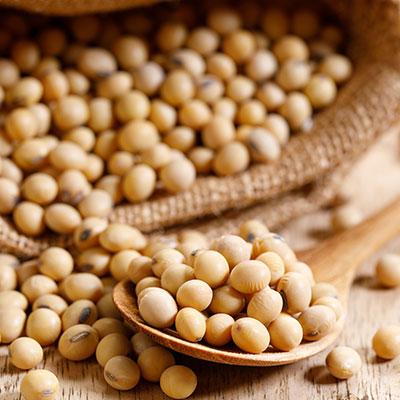The soybean selling pace of Brazil’s 2021/22 and 2022/23 crops once again lost strength and advanced slowly in August. Buyers once again showed little trading interest because of stable or even weaker prices (as in the case of the new crop).
Regarding the physical crop, the good capitalization of growers has stimulated speculation about the remaining volumes, betting on unlikely problems in the US crop or improved exchange rate. Positively, the firmness of export premiums weighs on the growers’ side. Premiums remain high given the low availability of volumes for the last months of 2022.
As for the new crop, the recent negative pressure on futures prices in Chicago, due to an imminently large US crop, holds back growers, who are betting on the recovery in the exchange rate to close deals at higher values. It is important to note that this can be a risky decision, given that the volume commitment level is below the five-year average for this time of year. In addition, the entry of the US crop combined with a record production potential of the new crop in South America could put even more pressure on prices.
According to a survey carried out by SAFRAS & Mercado, with data collected up to September 2, 82.6% of Brazil’s 2021/22 soybean crop were sold, an increase of only 2.7% compared to the percentage of the previous month (79.9%). The current percentage is equivalent to approximately 103.955 mln tons traded, from an estimated crop of 125.880 mln tons. In the same period of the previous year, the index was 85.9%, while the five-year average for the period is 87.8%.
For the new Brazilian soybean crop (2022/23), the percentage sold reaches 18.6% of the production estimated by the SAFRAS & Mercado planting intention survey, with an increase of 1.6% over the percentage of the previous month (17.3%). The current index is equivalent to nearly 28.220 mln tons traded, out of a potential crop initially estimated at 151.497 mln tons. In the same period of the previous year, the index was 25.6%, while the five-year average for the period is 25.9%.

